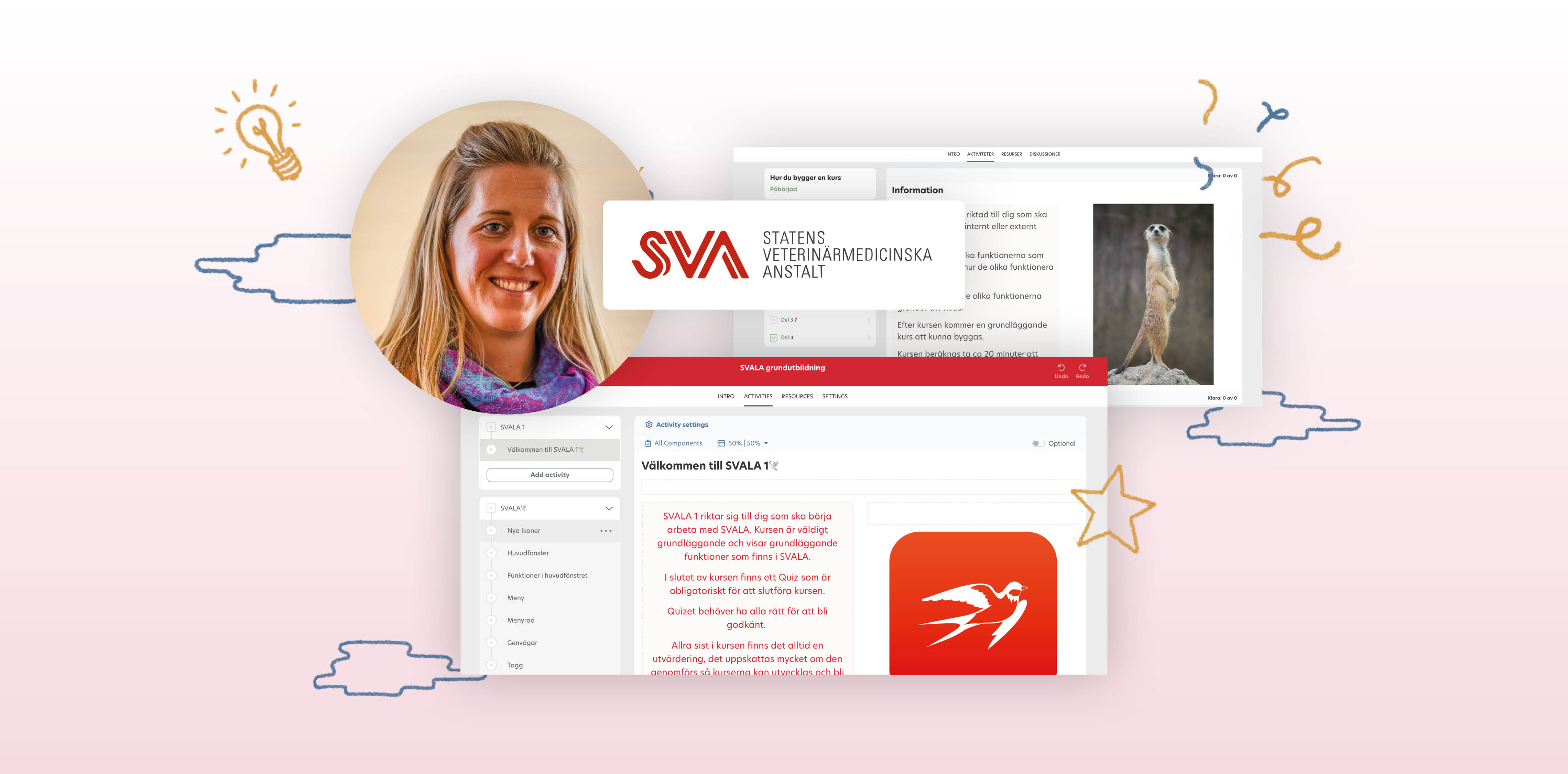The best way to learn is to learn from others and how they solve challenges and create good results. In this article we have interviewed Tove Bergman, in charge of IT education at SVA. In a short time they have created practical digital IT courses - making their employees' everyday work much easier. This is her story where she explains their practical approach to creating online courses, which challenges they face, and what they have learnt on the journey so far.
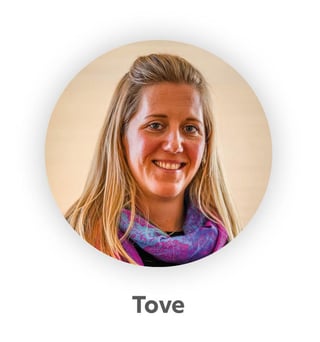
Hi Tove! Tell us about SVA for those who do not know what you do!
- The Swedish National Veterinary Institute, SVA, is under the Swedish Ministry of Trade and Industry. We are an expert authority with emergency preparedness assignments. SVA works to promote animal and human health, Swedish animal husbandry, and the environment with diagnostics, research, preparedness and advice. By being a positive force for animal health, animal welfare, and food safety, SVA contributes to the global goals and sustainable development.
What is your role at SVA and what does it mean?
- I am in charge of IT education at SVA. My main job is to educate employees in our own system which is used from the time the sample arrives for analysis until the results are communicated to the customer. My assignment is to create and implement training in our various internal systems to help our employees develop more efficient working methods for everyone. Before I started at SVA, I was a teacher for many years. I worked with digital tools and trained my colleagues in those systems. So, to some extent, I do the same thing now as then but in a new context.
What is the best part about your job?
- To be able to create courses that are much demanded and appreciated. That the participants tell us that they took the content to heart. That it has become easier for them to do things.
What is your biggest challenge?
- To see and understand the recipient based on how they work, as it is very different depending on the work role. In the "classroom" you can read people in a better way. Some love text, others want to watch clips or listen, and so on.
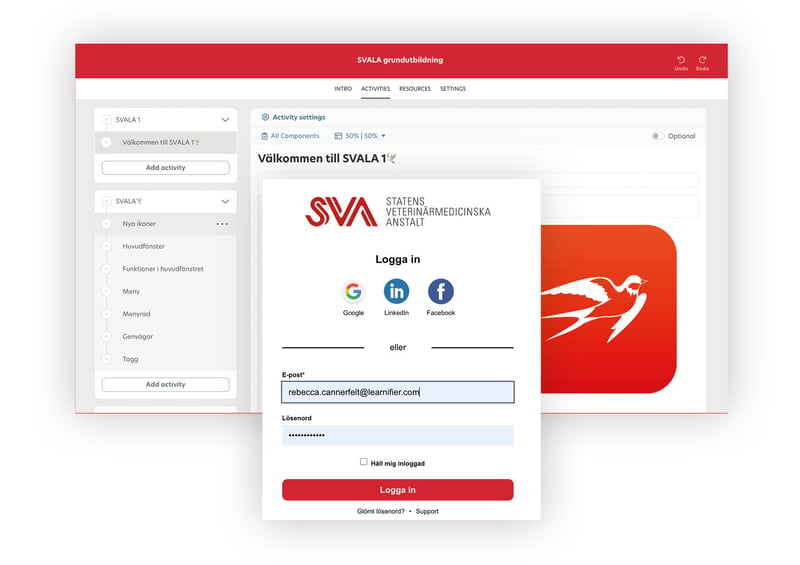
You work with a learning platform to share knowledge.
Who are you conveying knowledge to through it and why?
- Today it is only within SVA. We use Learnifier, our platform, for internal training.
What courses do you have today?
- We have training that is mandatory for everyone, such as "information security", but also special training to gain access to our systems.
We have an introduction to the various systems for employees, and a course on work environment will be coming soon.
There are also some voluntary courses. These are open in the course catalog and we link to them from the Intranet and from our help desk. If questions arise about something, we can send a link to a specific course from the help desk.
"Prior to this, everything was scattered, there was no gathering point. Some information was on the intranet, but often you approached the person who had the knowledge directly, or that person reached out to those who needed it."
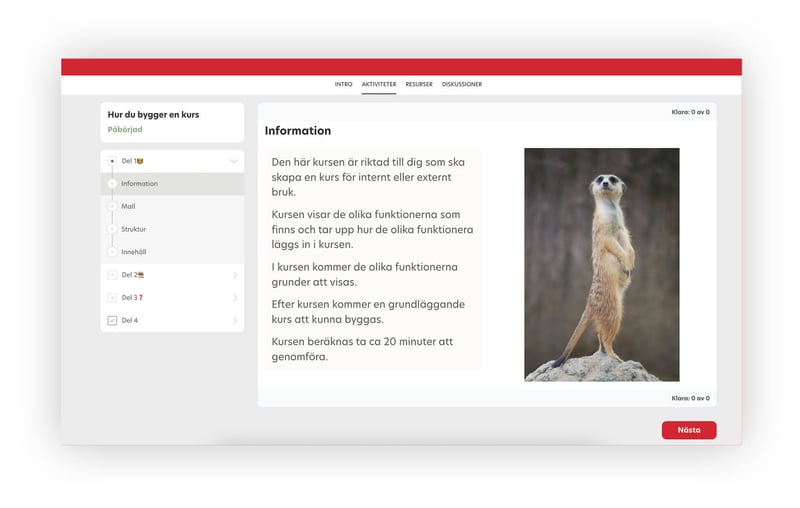
How did you convey knowledge before you started using Learnifier?
- We haven't had a digital system before. Prior to this, everything was scattered, there was no gathering point. Some information was on the intranet, but often you approached the person who had the knowledge directly, or that person reached out to those who needed it.
Tell us about your digital journey. What has it looked like?
Why did you need a learning platform to begin with?
- There is a need to gather knowledge in one place, a platform where all employees know that training is available. The choice of a digital platform is due to the fact that many people today work from home to a greater extent, and that digital solutions are more in focus. Although we also have on-site training, but some parts where the goal is to learn a system works better digitally.
The participant can learn when it suits them best. Right now, we work with blended learning, self-study is mixed with physical meetings. But of course, it depends on the working group. Some are always on-site, such as analysts.
On average, each course takes about two hours for an employee and a little longer for system admins.
Concretely, how do you work with learning today?
We are starting up now with a training series where the first part has just been published. The participants complete a digital part for three weeks, and then an on-site course opportunity follows. When the participant has completed that training, the next part begins.
"Although I create most of the content, others contribute to how everything works. In the upcoming work environment course, many more will create themselves."
How did you create your courses?
Who has been involved and why?
- I have created them with the support of people who have worked with the system for many years. I also sit with the developers, which gives me the opportunity to understand the system on another level. Although I create most of the content, others contribute to how everything works. In the upcoming work environment course, many more will create themselves.
Tell us a bit about the production process.
- I first learned the system, identified needs from the recipient, sketched out a rough plan, wrote content, and added images and clips. Then I had everything proofread. After that, everything was adjusted with various interactive parts in Learnifier and then proofread again. And finally – launching time!
Today, we mostly work with text and images as the recipients prefer text for cutting and pasting.
What are your top tips and learnings from your journey of creating educations?
– Always think about who the recipient is!
– Create a clear workflow. Start by setting clear goals for the courses.
– What do we want them to actually learn? Be very specific. Then you should be able to implement it and make it measurable.
– Try and try again!
– Dare to try something new and challenge yourself.
– Keep a certain tone and structure.
– Create a template that you follow in the structure.
What defines a successful course at SVA?
- A course that many people benefit from and can use in their daily work.
What's next for you?
What would you like to do and why?
- We now want to build an academy of courses and be in phase with development.
We have many fun projects ahead of us!
Interview by: Rebecca Cannerfelt
_______________
Discover Learnifier – the learning platform SVA uses to create their courses!
Over 300 companies and organizations around the world work with Learnifier's
easy-to-use platform to create courses and share knowledge.
Read more, book a demo and/or try our tool for free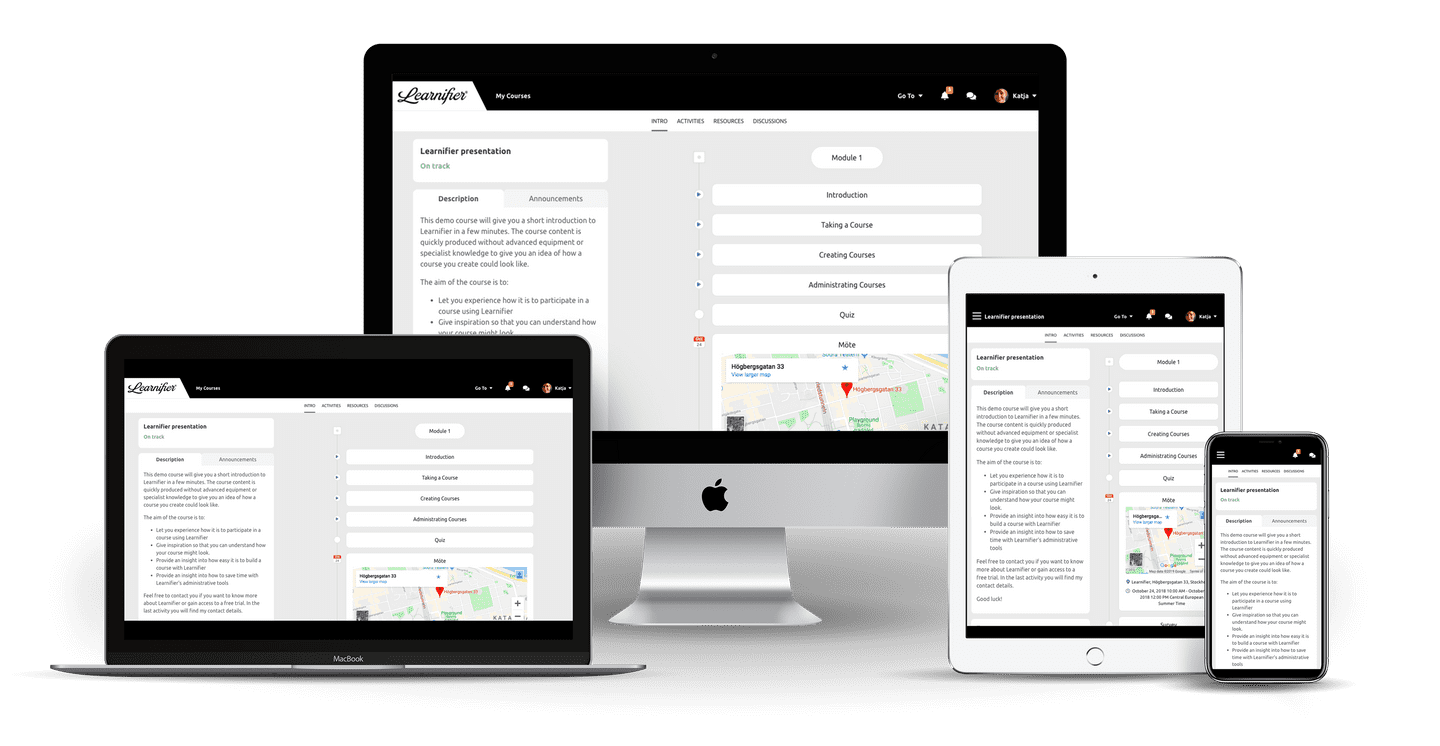
.png?width=153&height=58&name=Learnifier%20TextLogo%20NearBlack%20-%20PNG%20MEDIUM%20-%20800px%20(2).png)
